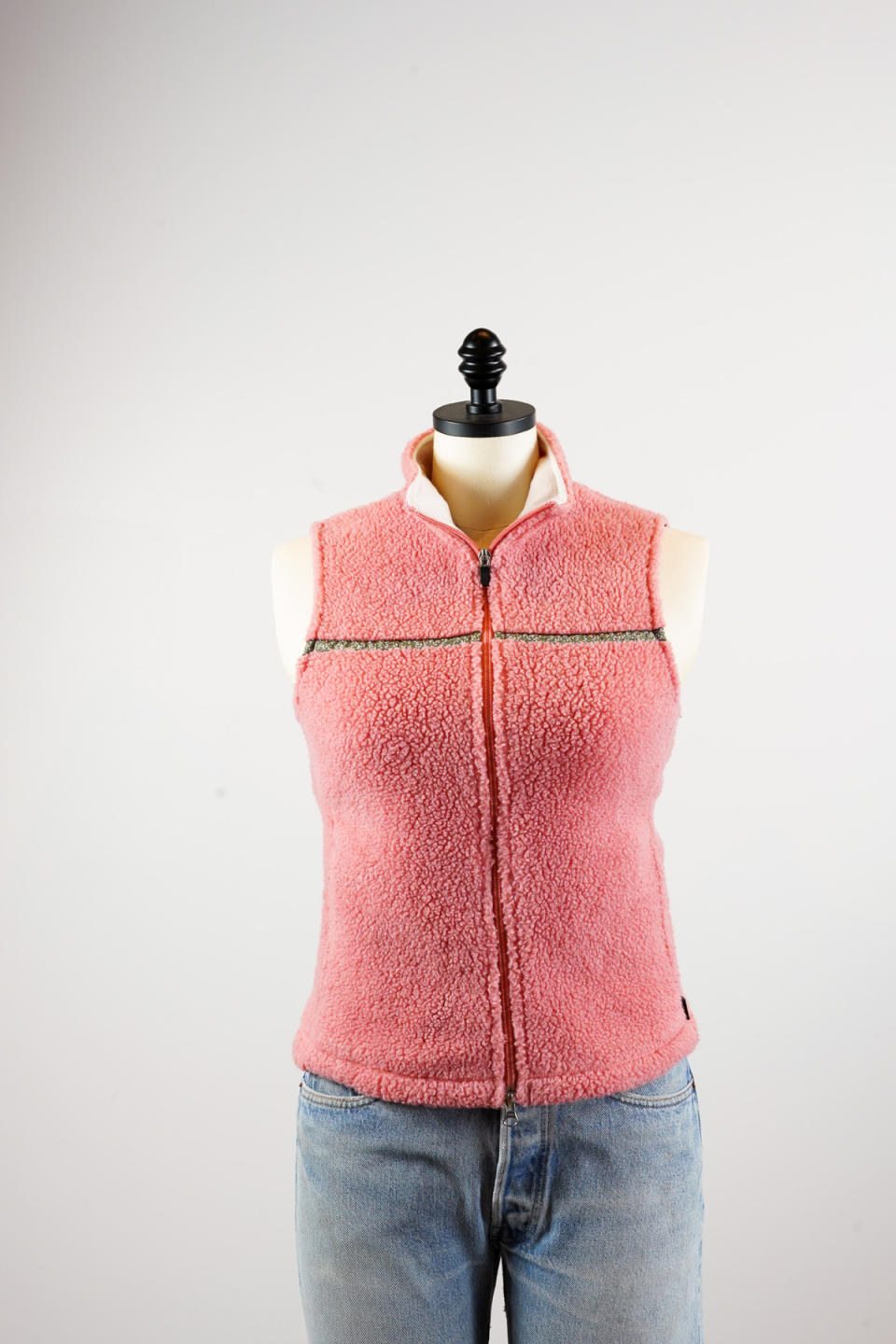Toad&Co. Auctioning Off 15 Fleece Favorites
- Oops!Something went wrong.Please try again later.

Santa Barbara’s Toad&Co. will fete fleece season this year with favorites pulled from nearly three decades of fashion history.
Like L.L.Bean and others before it, the quirky California brand is taking an auction-style approach to drumming up interest in 15 throwback polyester toppers selected from the “styles and fabrics we’ve worked with over the years,” CEO Gordon Seabury told Sourcing Journal. The brand is ramping up quickly after deploying a circularity platform with Archive, the omnichannel recommerce technology startup, just eight weeks ago.
More from Sourcing Journal
Accelerating Circularity Forms Working Group, Issues Dictionary of Chemical Recycling Terms
A.L.C. Teams with SuperCircle, Archive on Resale and Recycling
Despite fashion’s obsession with newness, many consumers today are hungry for the looks of yesteryear. It’s why virtually every major brand has revisited the ‘80s and ‘90s in the past few years and why TikTok is awash in videos of Gen Z reviving the hip-bone-baring jeans that Britney, Jessica and Christina made famous in the early aughts.
Though Toad’s consumer is more in tune with sustainability than social-media-fueled fads, they too appreciate the classics that propelled the outdoorsy brand from a one-woman garage act in 1991 to a four-store retailer with national wholesale accounts and a digital platform to boot.
They’re especially interested in Toad’s heritage fleece, said Seabury. “Our customer service and retail teams frequently receive inquiries about older styles, so we think customers will be excited to see them back in circulation,” he added.
From Oct. 4-8, customers visiting Toad’s digital resale microsite can bid in $5 increments on “items from all eras of Horny Toad and Toad&Co,” per the CEO. Twenty percent of the proceeds from the men’s and women’s fleece pullovers will go to Wilderness Inquiry, a Minnesota nonprofit promoting inclusion in the outdoors arena. Toad has made a point of hanging onto not just “bestsellers,” said Seabury, but also “products to learn from.”

In the two months since the ToadAgain secondhand site has been open for business, the brand is seeing “great engagement,” Seabury said, with women’s resale products selling better than they do in the brand’s other channels.
“We are seeing repeat customers, as well as customers shopping both resale and regular products,” the CEO said, noting “positive” customer feedback on August’s resale launch. “We hope these auctions help raise awareness of our resale program and momentum continues to grow.”
Momentum is growing in fashion resale. The market’s closing in on $351 billion worldwide in the next four years, and $70 billion in the U.S. alone.
During a resale discussion at Diane von Furstenberg’s (DVF) Meatpacking flagship store last month, Archive CEO Emily Gittins shared how brands are using the San Francisco innovator’s tools and technology to “not only launch a secondhand business, but actually grow it to be a significant and profitable revenue stream.”
Wading into the resale waters starts with what’s right for a brand’s audience, and that answer isn’t necessarily the same from one company to the next. “We have about 40 partners today and no one has the same experience because there are just nuances to how that brand is really thinking about resale,” she said of an Archive client roster including Oscar de la Renta and The North Face. Brands can pick and choose from a circular toolbox where options include peer-to-peer resale, omnichannel take-back schemes, recycling, repairs and donations. Archive also helps brands get their goods in the hands of vintage resellers, and there’s technology for companies interested in monetizing aging inventory, too.
Archive is big on helping brands customize their secondhand strategy. DVF, for example, wanted to allow visitors to post about the “dress that got away” years ago, because the label has “so much incredible history and heritage,” Gittins said. One customer used this feature to score a garment they’d hunted for a decade, she added.
For Archive client Faherty, resale has been a “win” since it launched in June, Kerry Docherty, “tri-founder” and chief impact officer for the lifestyle clothing brand with 62 stores, said during the discussion.
Resale creates a “really interesting ecosystem,” she said. More than half of people who sell pre-owned garments on Faherty’s Second Wave recommerce site go on to purchase full-price product. Sellers like being able to find a good home for some of their older stuff and make room for new purchases. “It’s organic,” Docherty said. “It just keeps feeding into each other.”
Hanna Andersson’s investment with Archive really just organized the resale process for customers who were already “doing it on their own,” said Jen Reed, chief sustainability officer for the brand famous for matching kids and adults organic cotton pajamas.
Like Faherty’s experience, Hanna Andersson has a resale customer who’s interested in spending their profits on first-run product, too. Around 90 percent of those who sell pre-owned baby, kids, adult and pet clothes on the Hanna-Me-Downs site choose to be compensated with a gift card—instead of a cash payout—that gives them a 125 percent premium on the sale price, Reed said.
“We’ve just had our best month in August,” she said, noting how resale “reinforces our quality message.”
Gittens, the Archive chief, believes fashion has a long way to go before it sees resale’s true revenue potential. “We think…10, 20, 50 percent of a brand’s revenue [will come] from circular business models,” she said. “We’re planning that future and thinking about what would that world look like? How would you speak to your customer then?”

